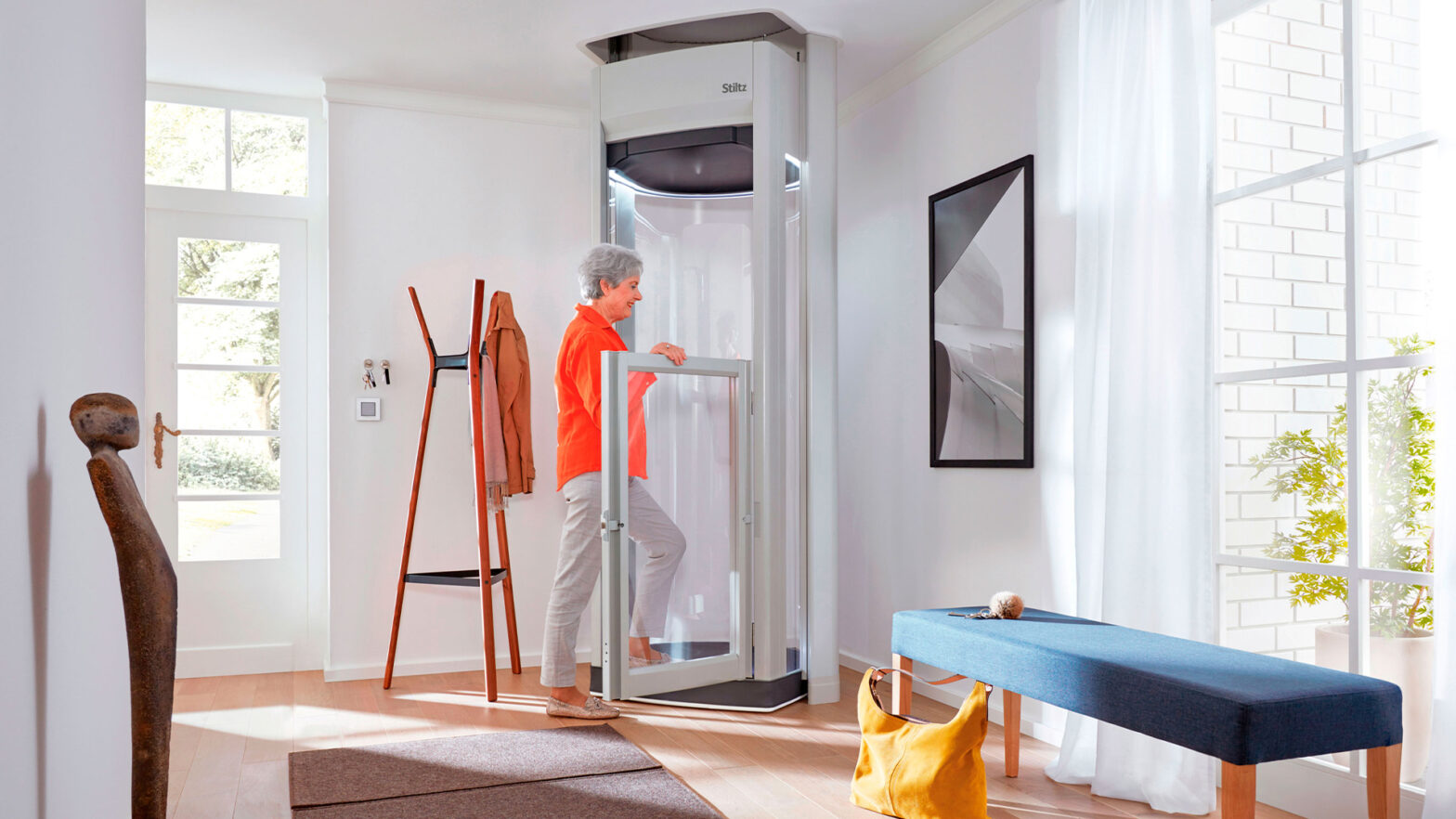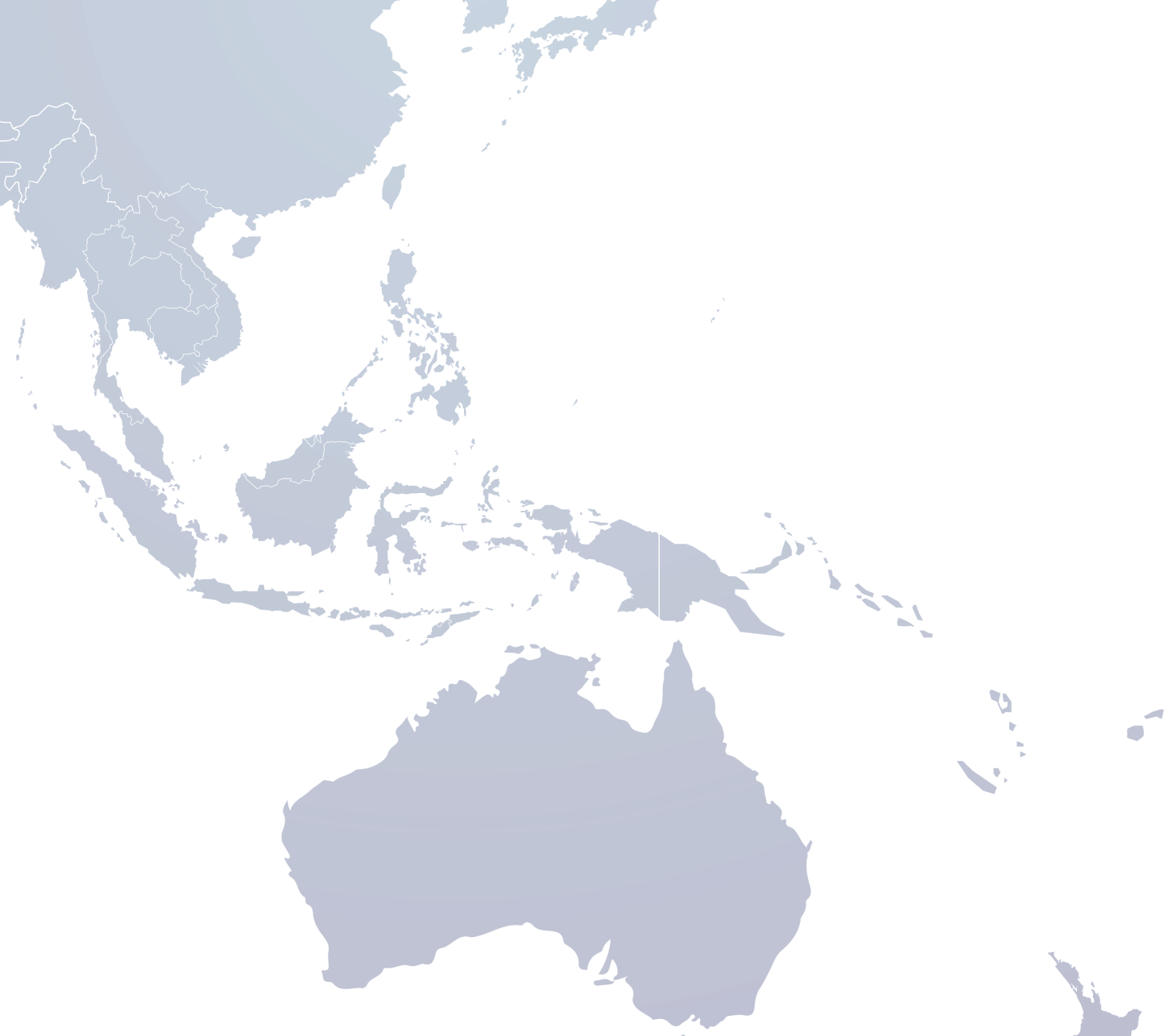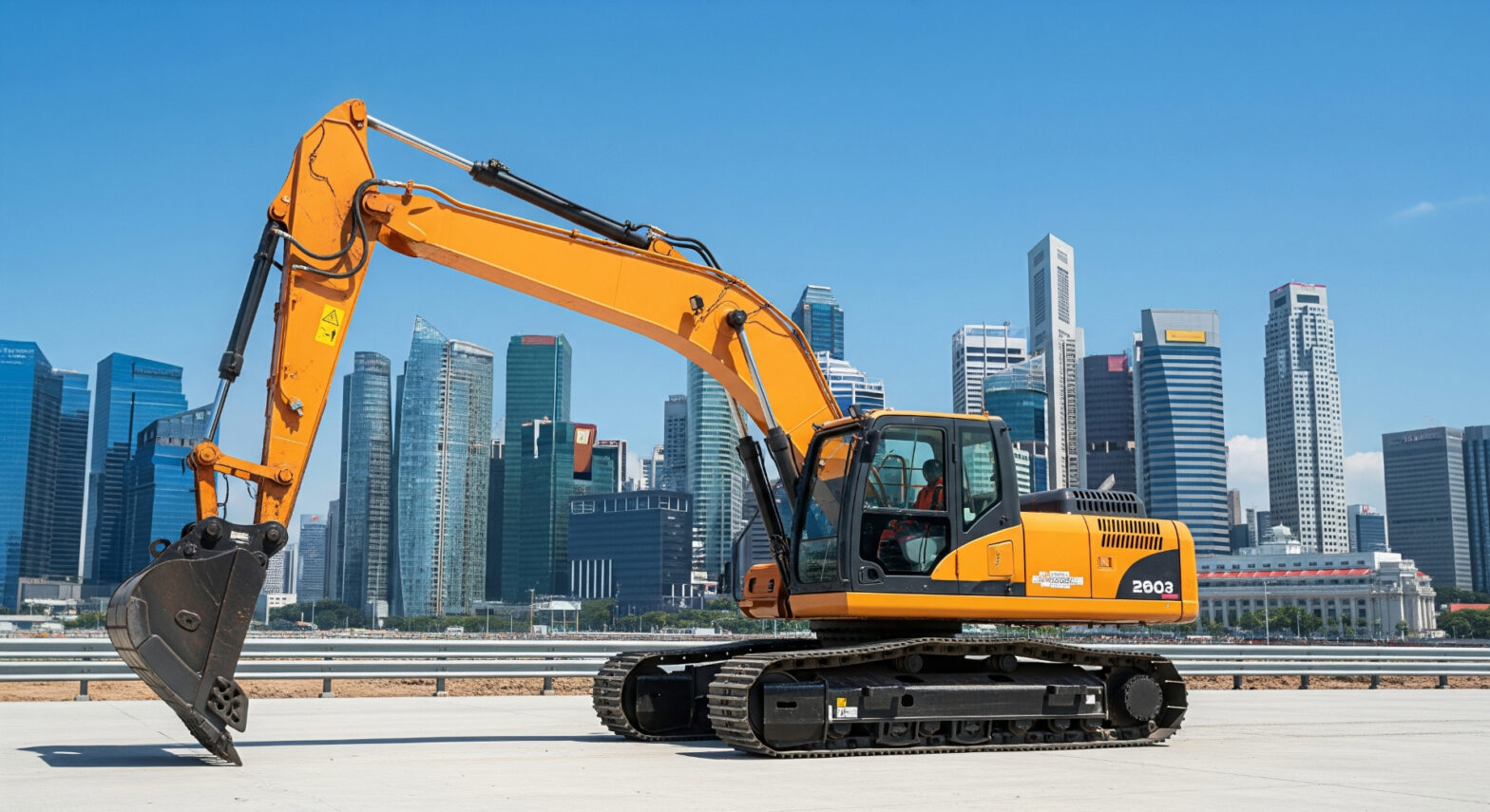The Asia-Pacific region is the global construction hub, driven by massive infrastructure projects, rapid urbanisation and strong economic growth. As countries from Australia to Singapore and beyond invest in new developments, construction companies operate in a more competitive landscape.
In this environment, success is not just about scale, but about efficiency, compliance and strategic adoption of key technologies. One of the innovations that is critical for urban projects are excavator rubber track pads, which solves several key problems and gives a clear ROI.
The Business Case for Advanced Undercarriage Systems
The primary value proposition of excavator rubber track pads is to mitigate the collateral damage of heavy machinery in developed areas. Steel tracks are essential for traction but not for finished surfaces.
By allowing a single excavator to operate on both undeveloped earth and paved infrastructure, rubber pads – either bolted or clipped onto the steel track shoes – delivers tangible benefits:
- Increased Asset Utilisation: In a market where capital is tight, maximising the operating hours of an excavator is key. Rubber pads enables a single machine to do more tasks, from initial site clearing to final work on paved lots, reducing the need for multiple machines and improving overall fleet productivity.
- Big Cost Savings: The technology directly impacts the bottom line by eliminating the huge cost of ground protection. The cost and labour of laying down and moving heavy mats are removed, simplifies operations.
- Regulatory Compliance and Risk Management: Cities across APAC are implementing stricter regulations on noise pollution and property damage. Rubber pads reduce the loud clatter of steel on pavement, ensuring compliance with local ordinances. More importantly, it prevents costly damage to roads and surfaces, shields companies from liability claims and protects their reputation.
Market Dynamics and Intelligent Procurement
The global construction components market has shown a clear trend: a move towards Total Cost of Ownership (TCO) procurement. This data-driven approach is relevant for APAC companies looking to optimise long-term value. Instead of just focusing on the purchase price, TCO considers the entire lifecycle of the component.
A premium rubber pad, engineered with a better rubber-to-steel bond and a more durable compound, may cost more upfront but will have a lower TCO through:* Longer Life: Fewer replacements and associated labour costs.
- Less Downtime: Better materials and construction means fewer surprises in the field.
- Undercarriage Protection: Rubber’s vibration-damping properties reduces wear on expensive undercarriage components like rollers and idlers.
This supports a tiered procurement strategy where investing in premium aftermarket or OEM-quality pads for the primary fleet delivers better long-term financial performance.
Looking Ahead: Sustainability and Innovation
The future of this technology in the APAC market aligns with two major regional trends: sustainability and digitalisation. The construction industry is being forced to adopt more sustainable, circular-economy principles.
In response, new recycling technologies are emerging that can separate the rubber and steel from used pads for reuse. This will enable manufacturers to offer buy-back or core-exchange programs, turning wear items from a disposal liability into a recoverable asset.
For forward-thinking construction companies in the Asia-Pacific, adopting technologies like advanced excavator rubber track pads is not just an operational decision – it’s a business strategy. It’s about efficiency, regulatory compliance and financial prudence, and positions them for growth in one of the world’s fastest growing markets.




























